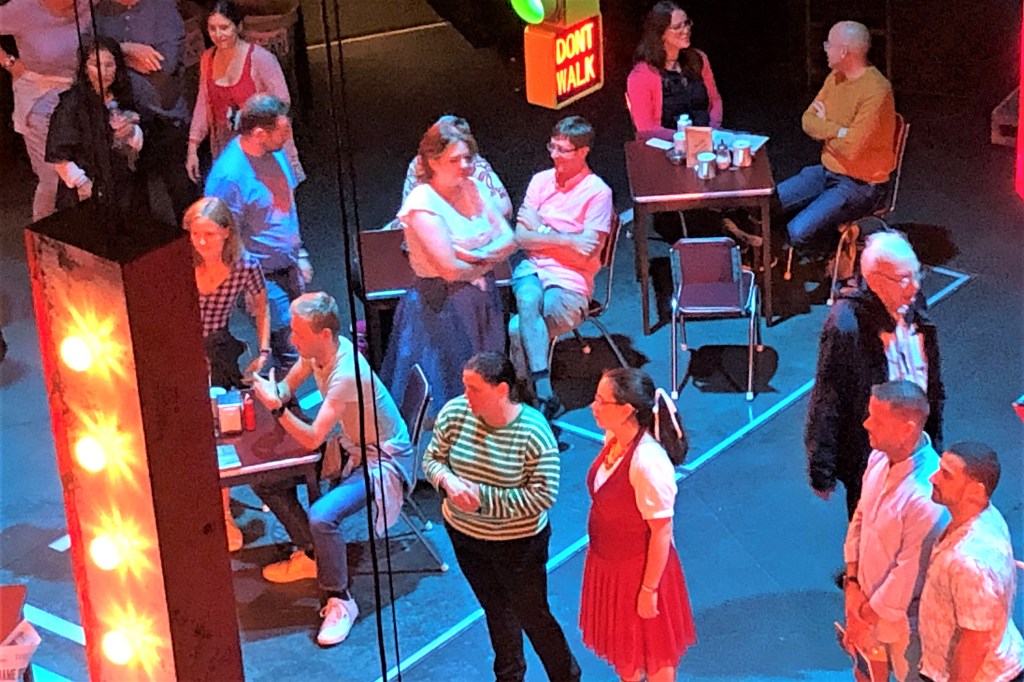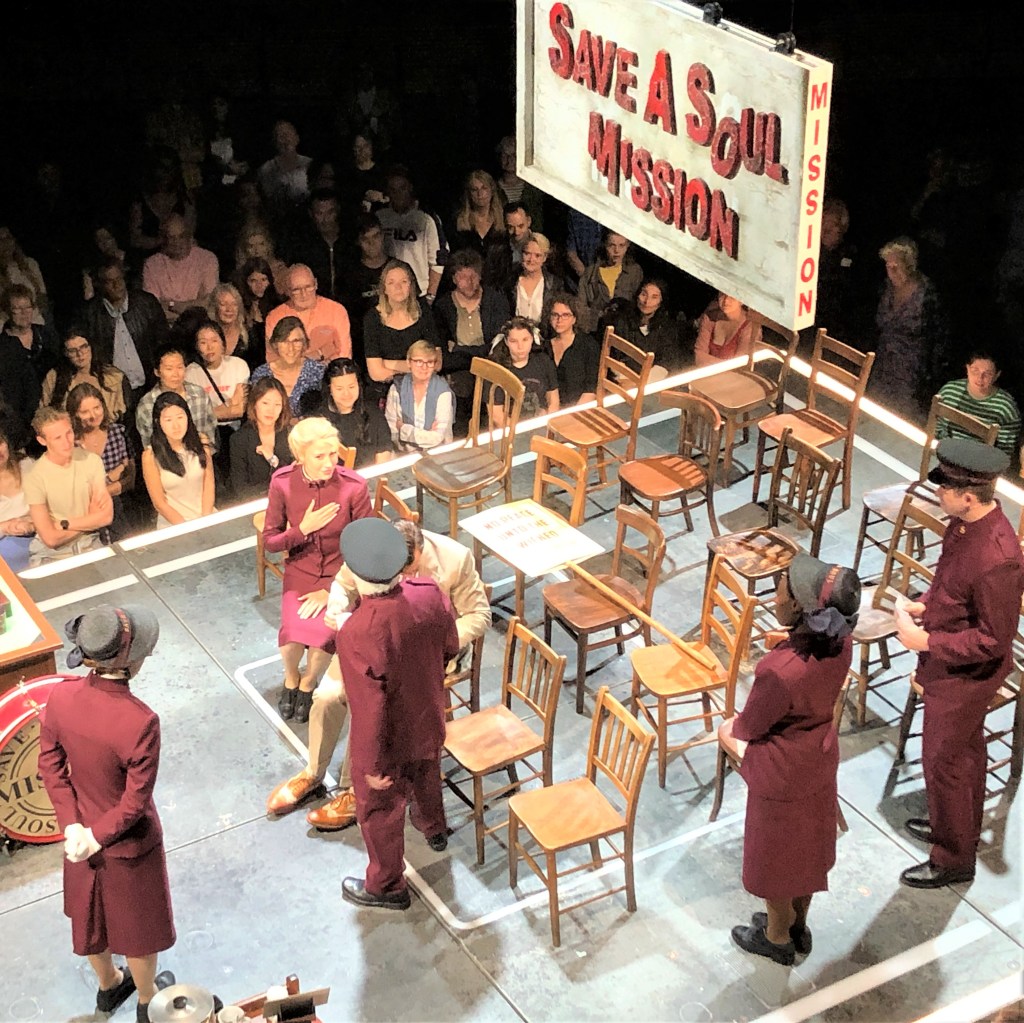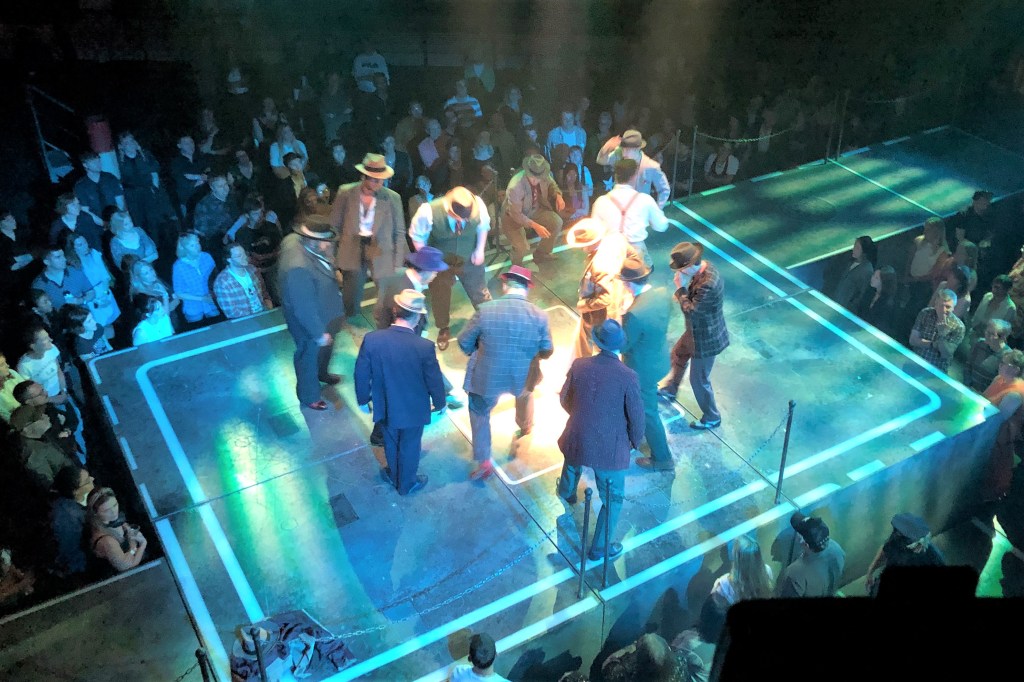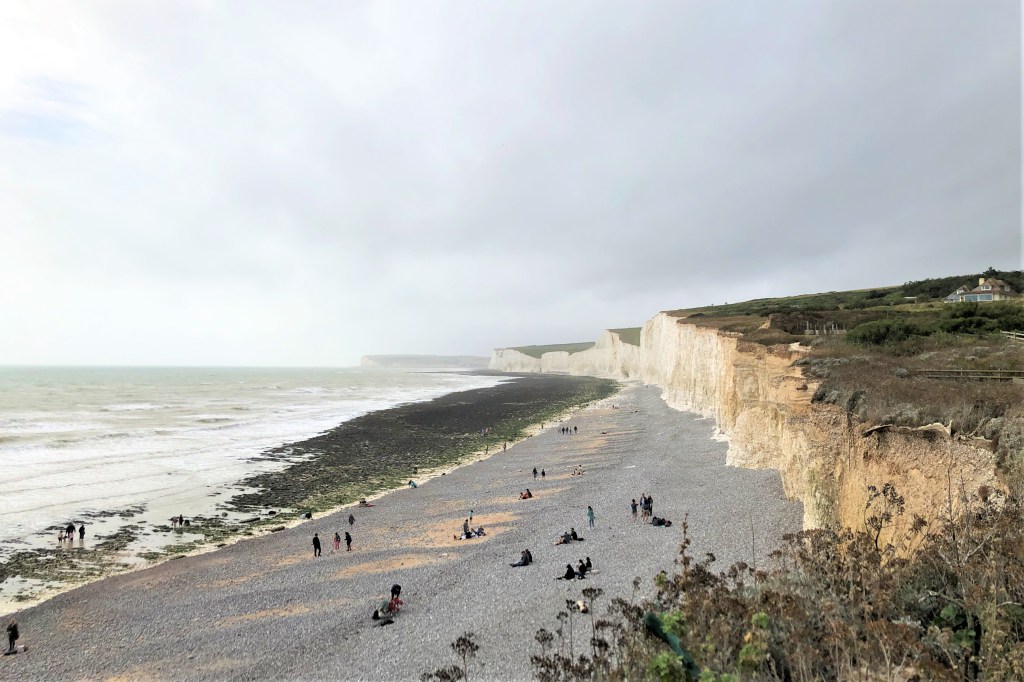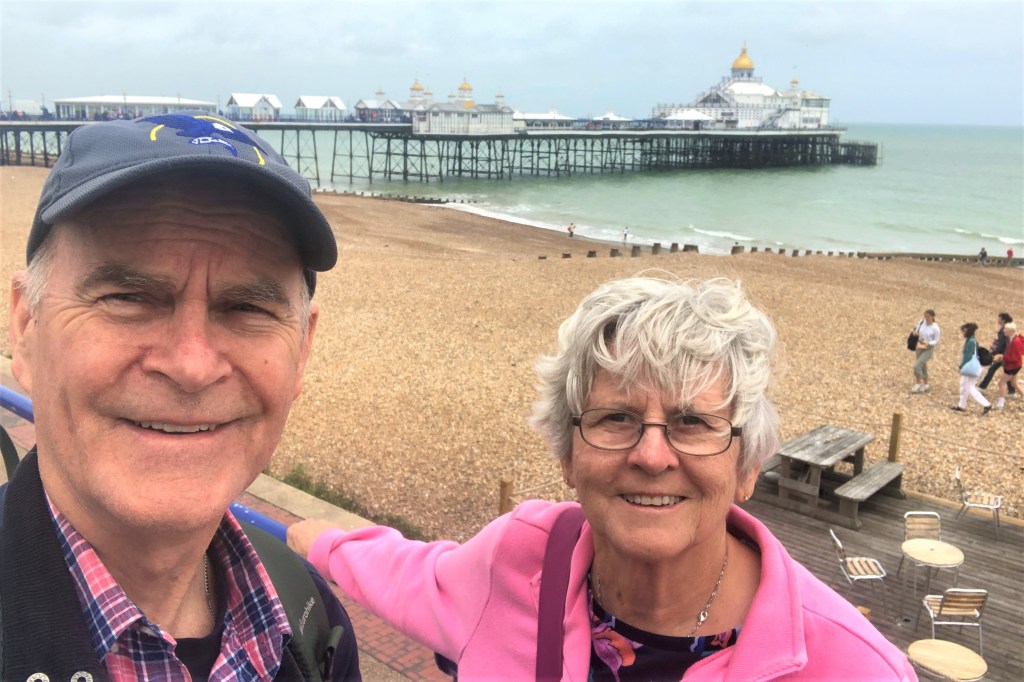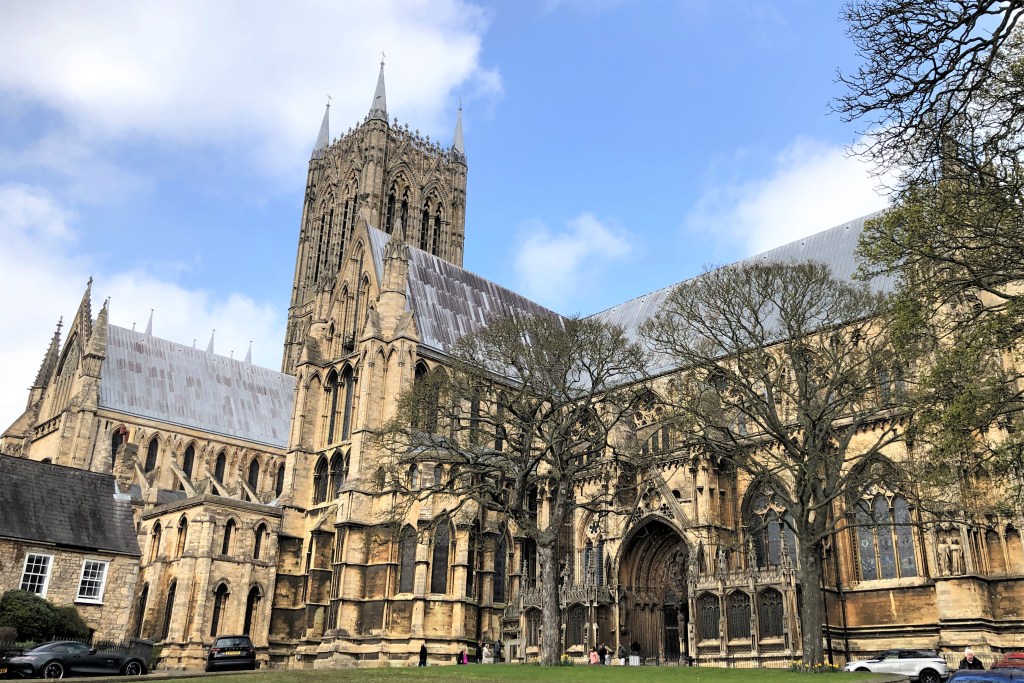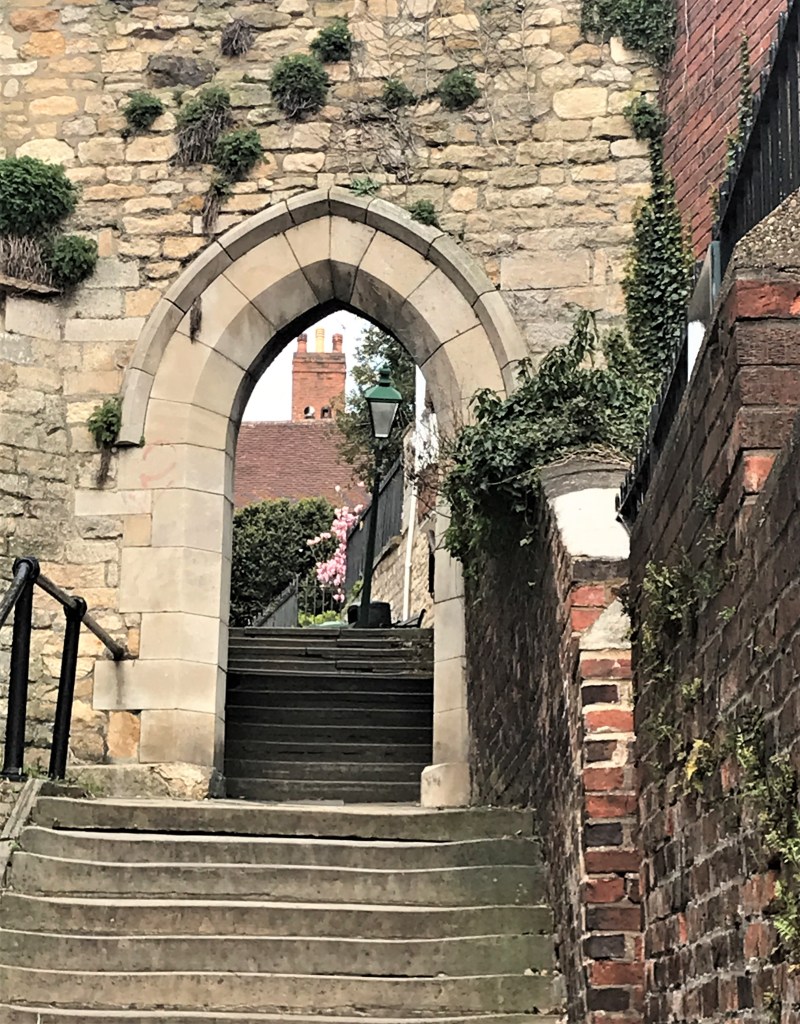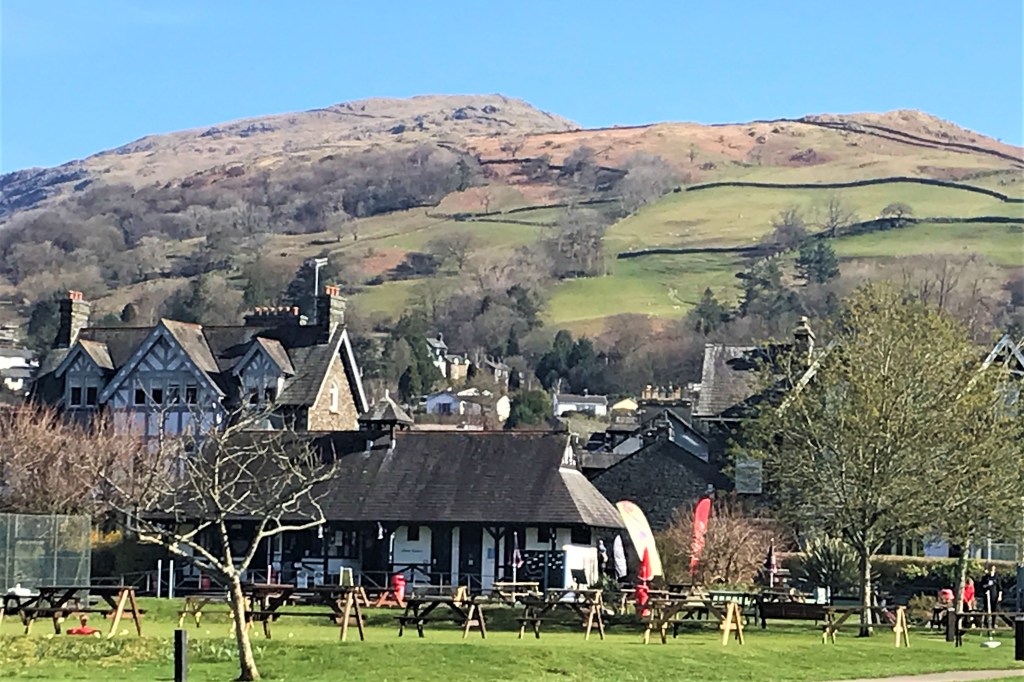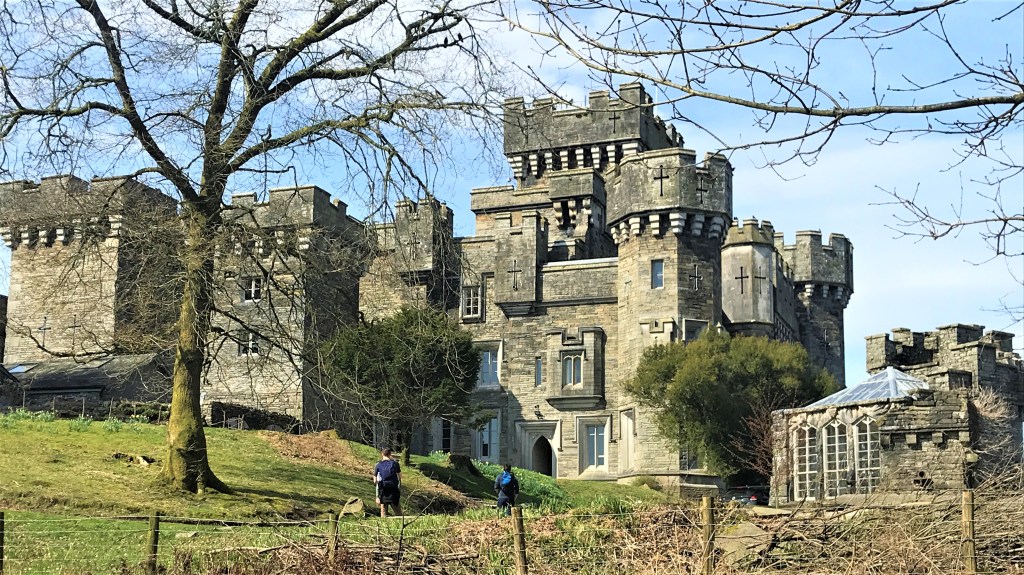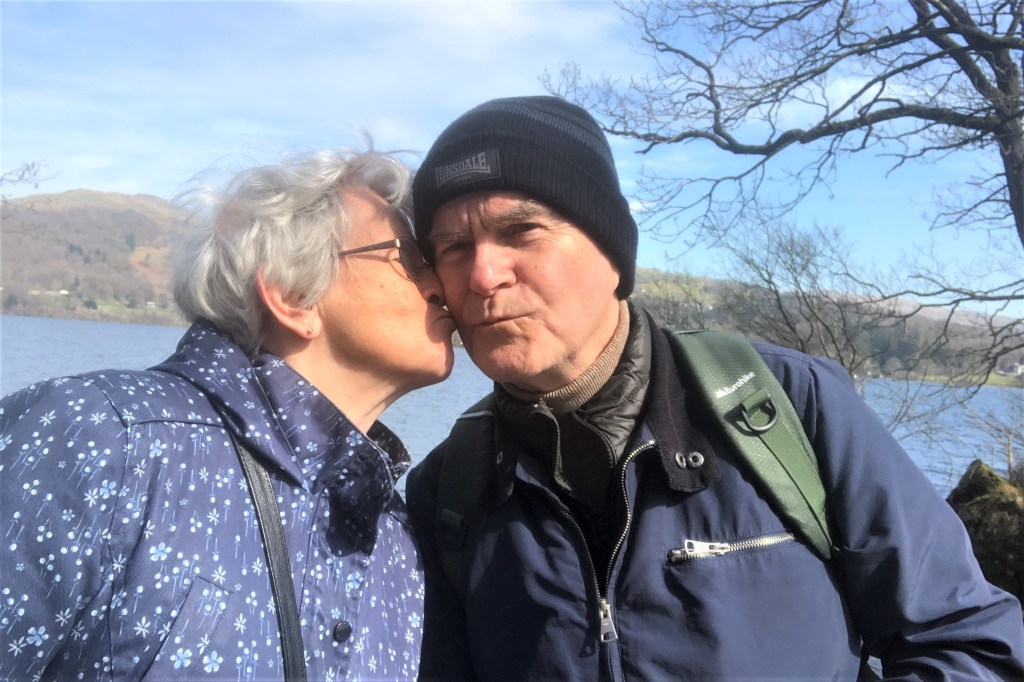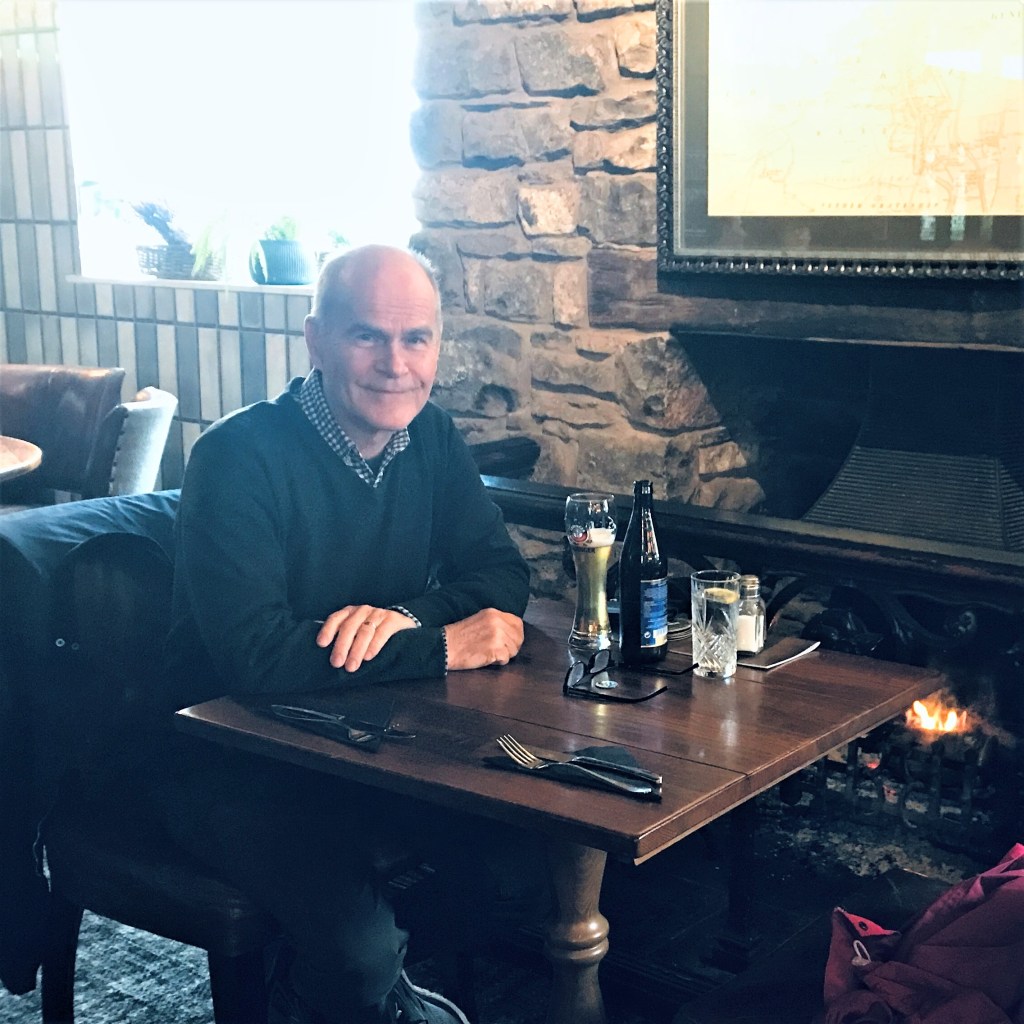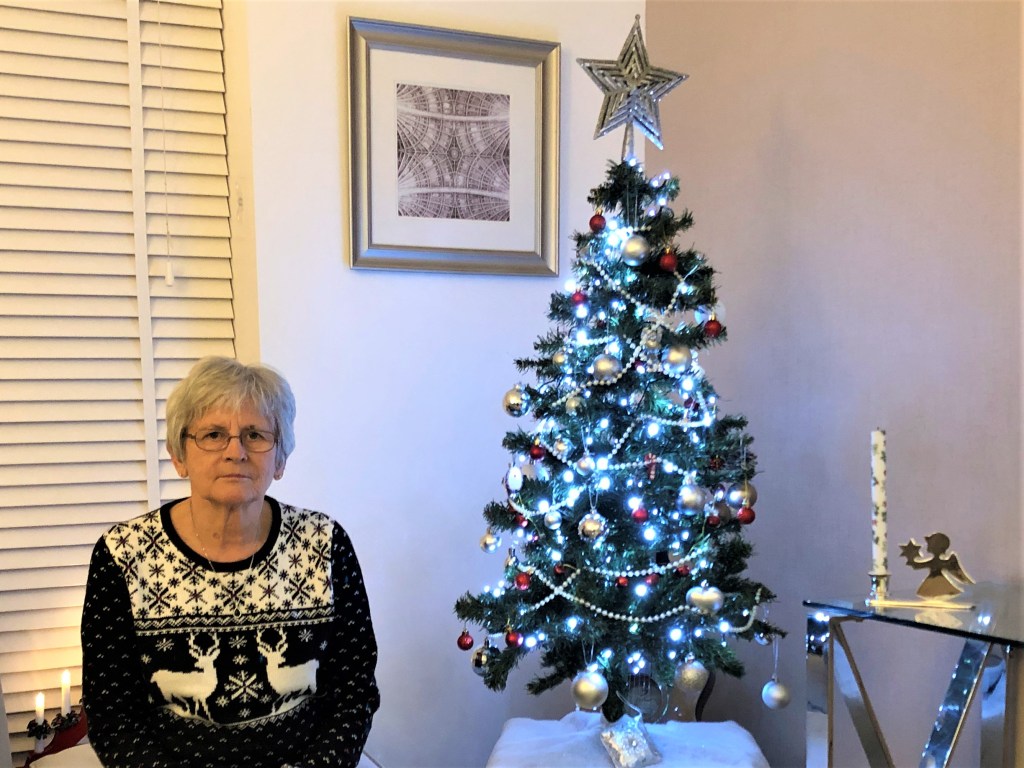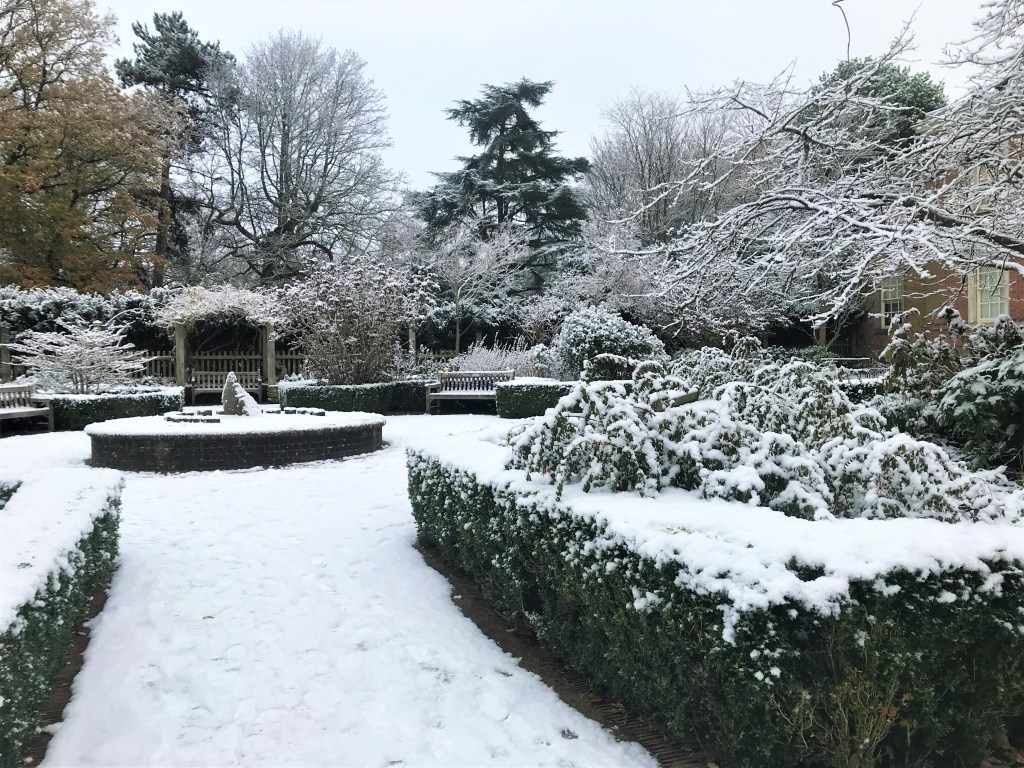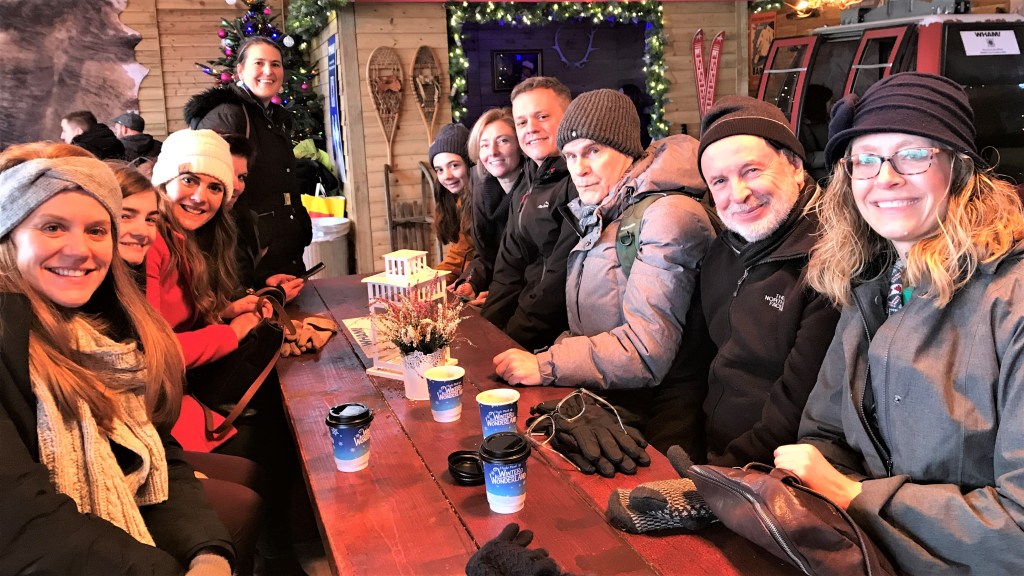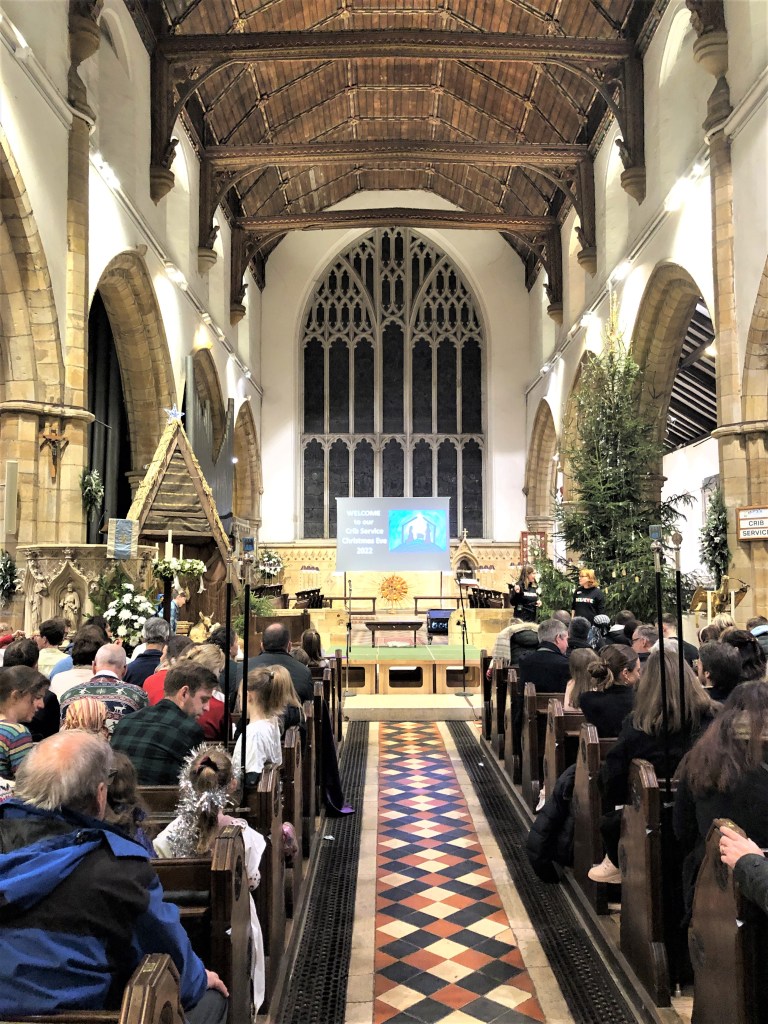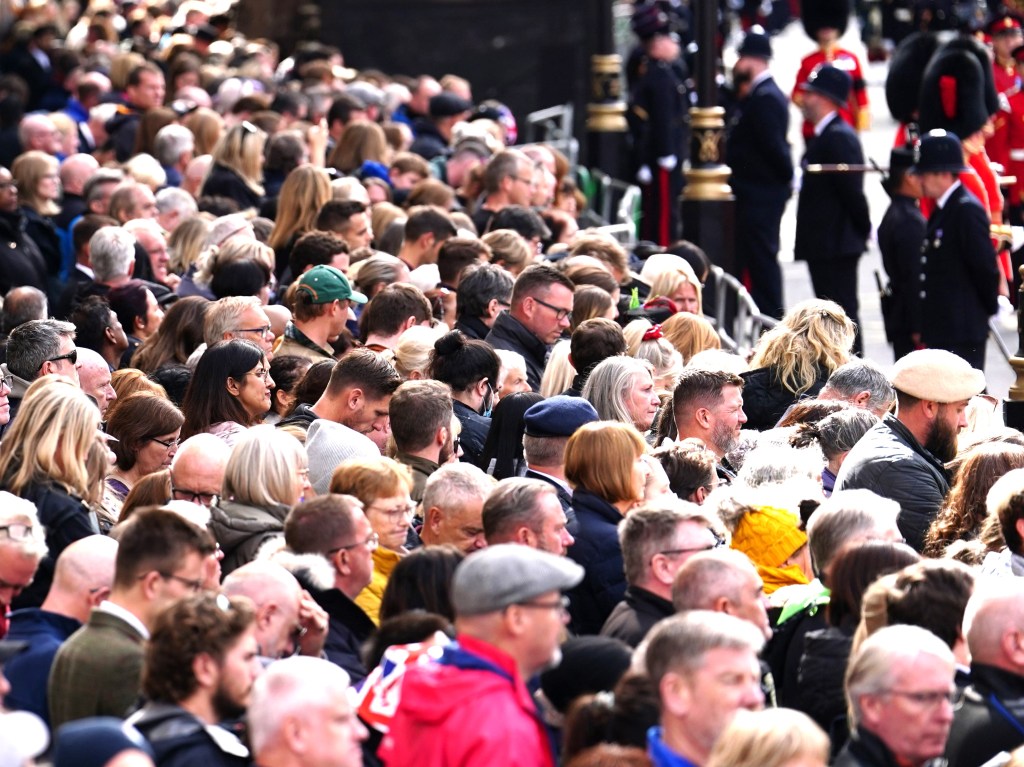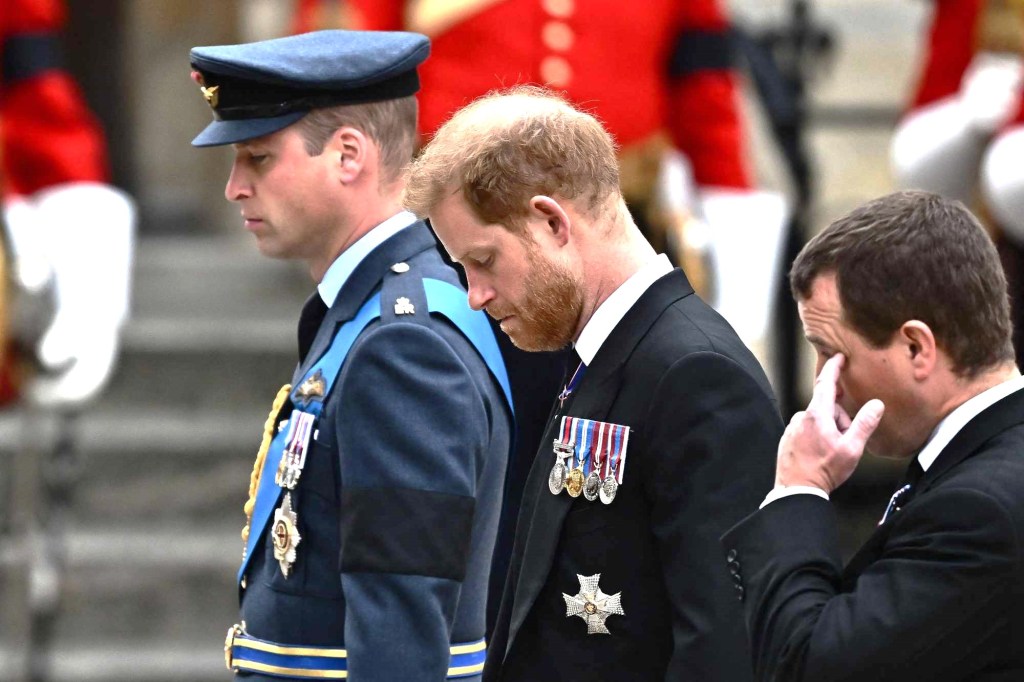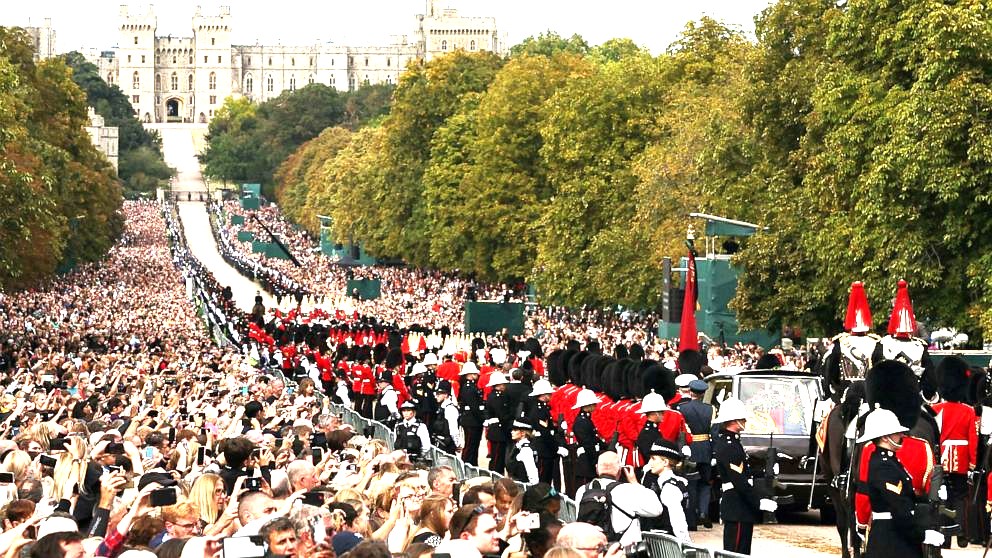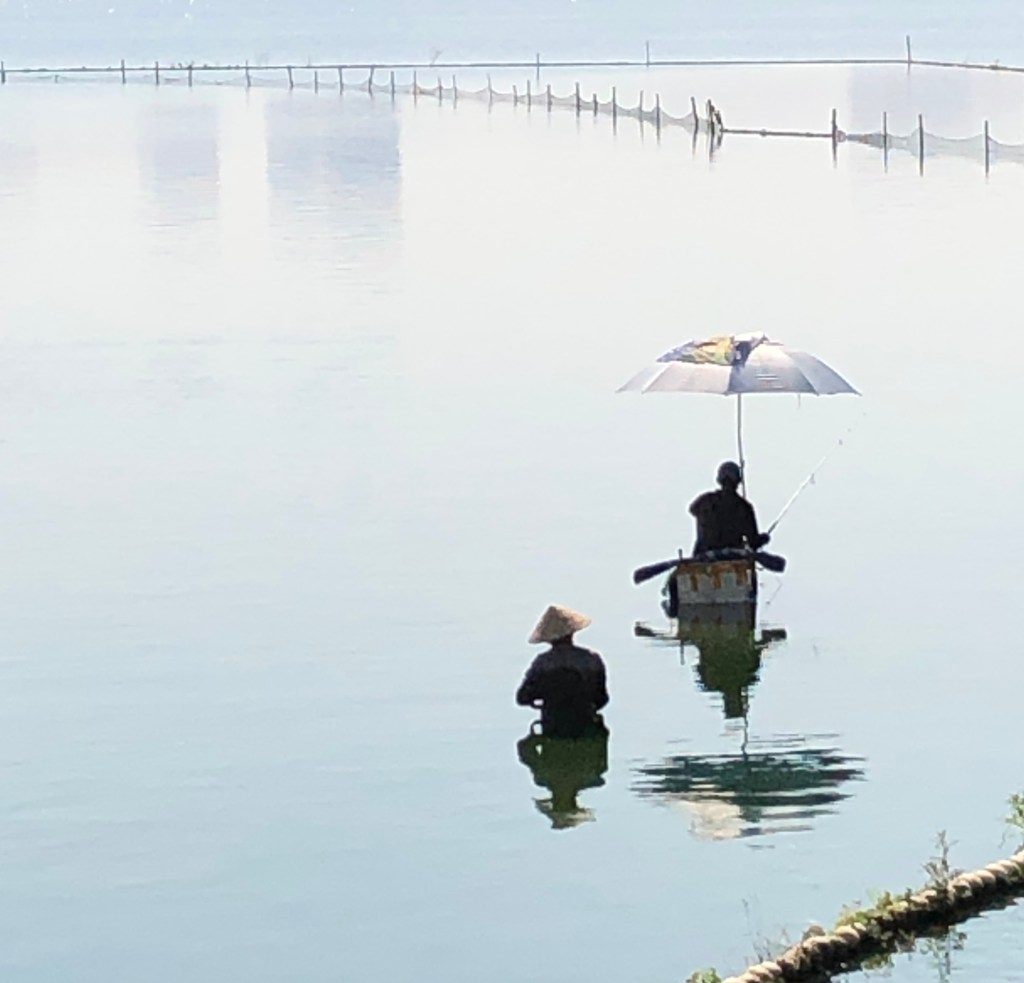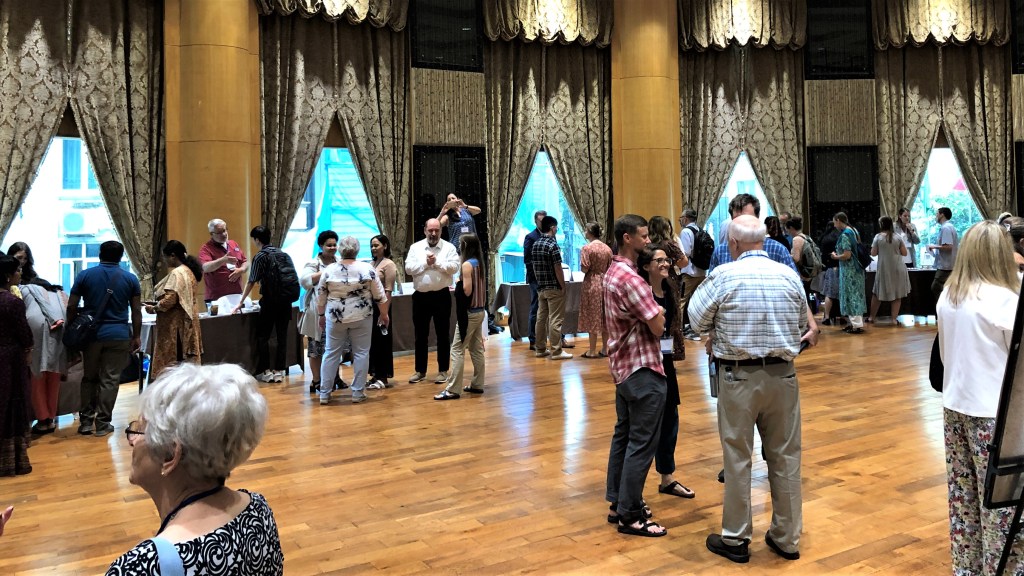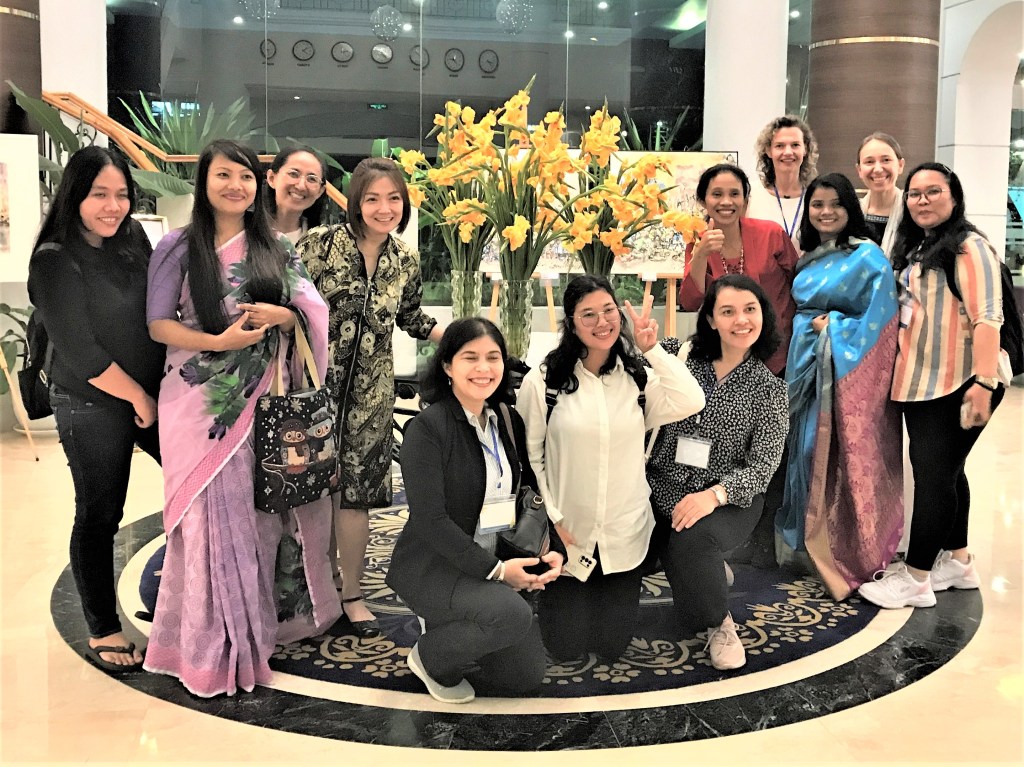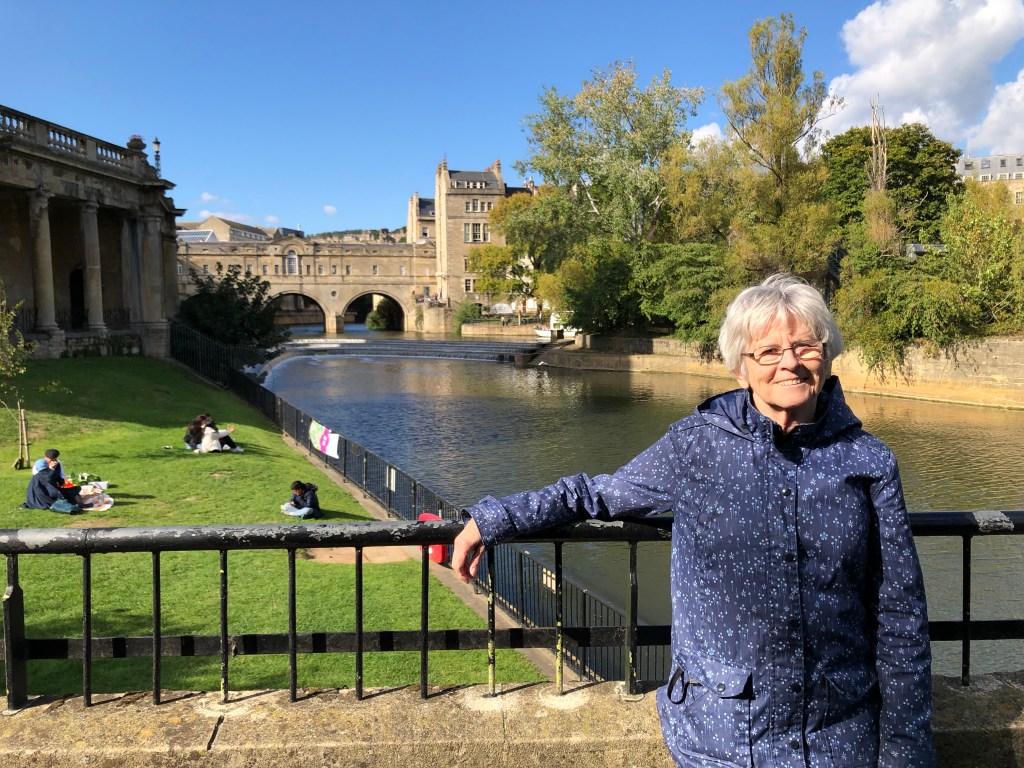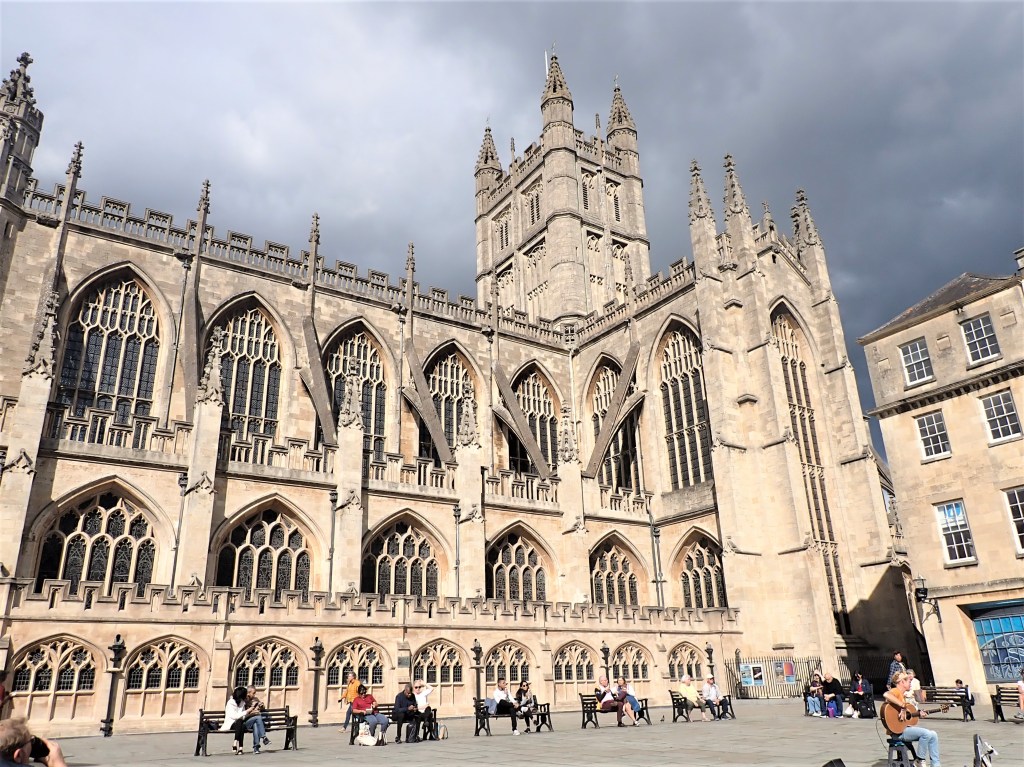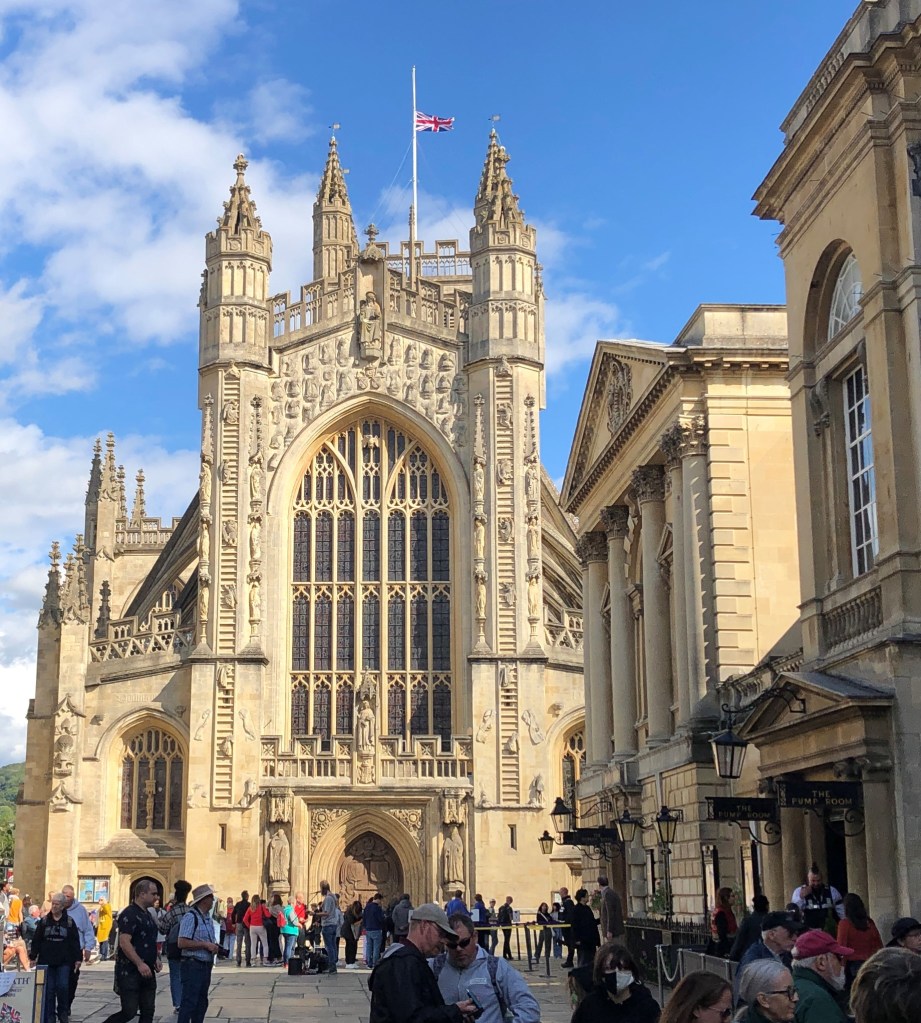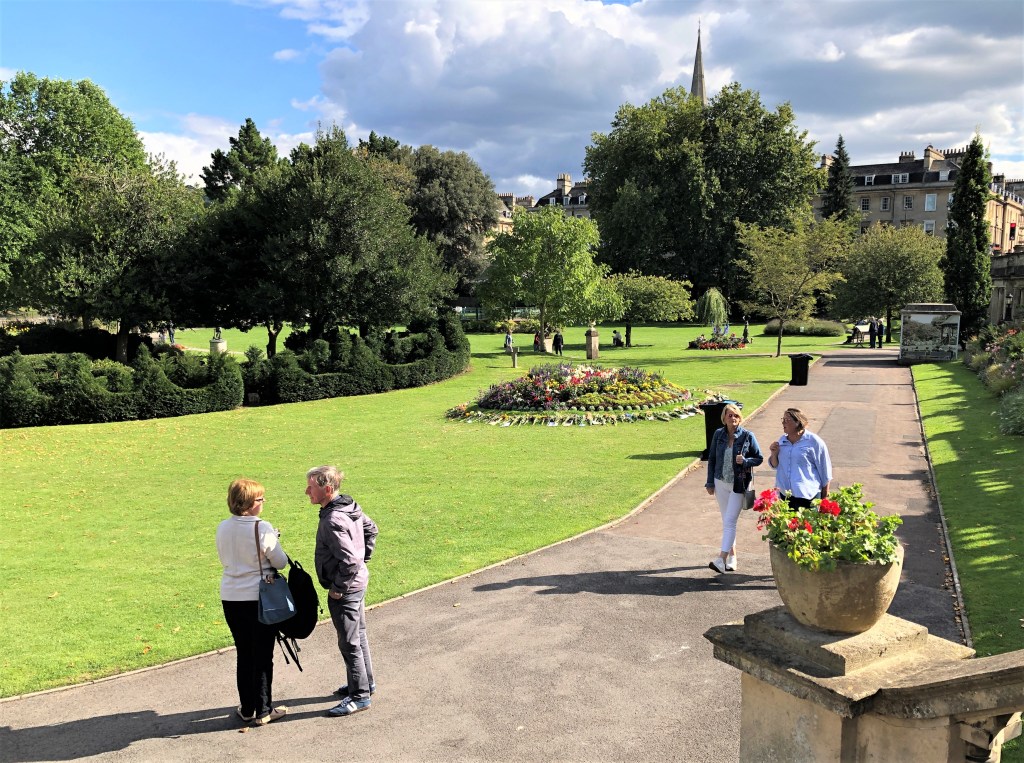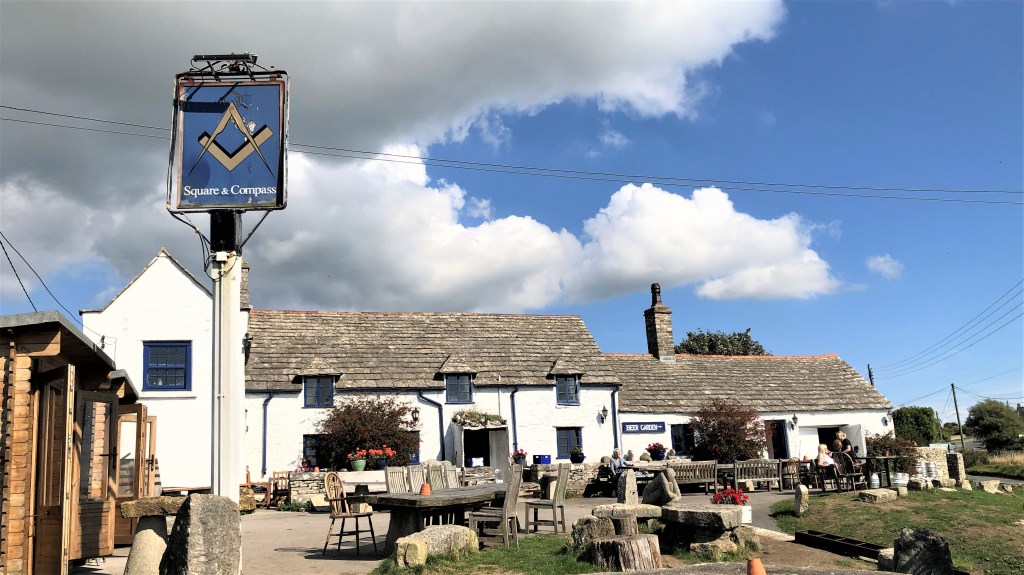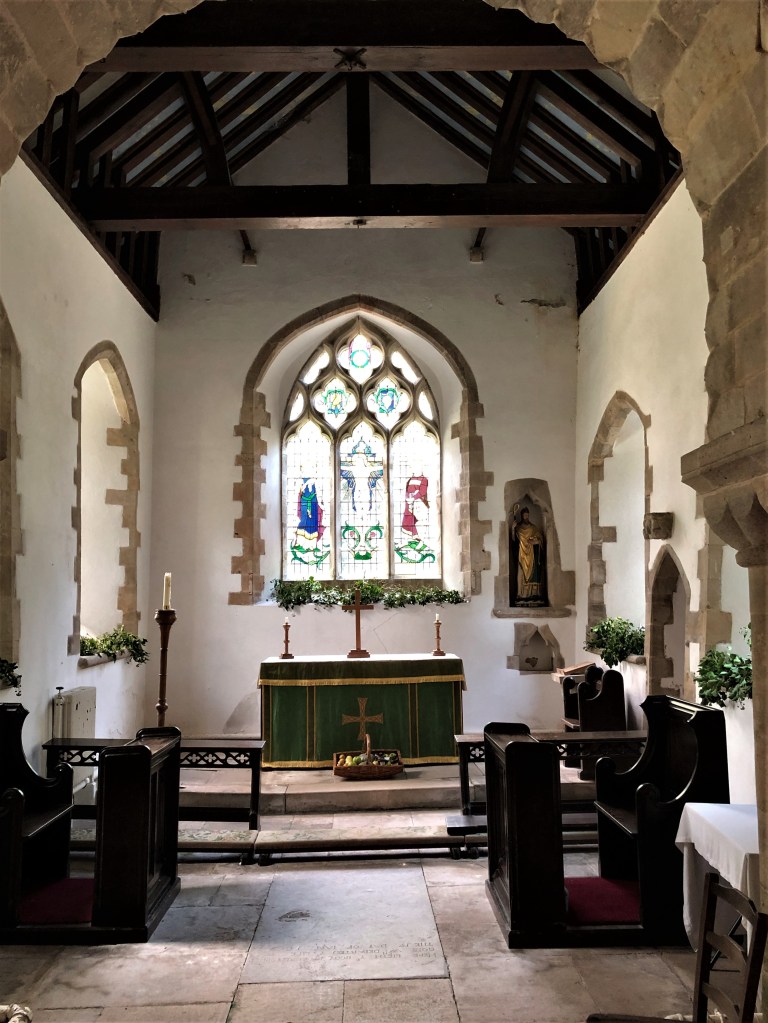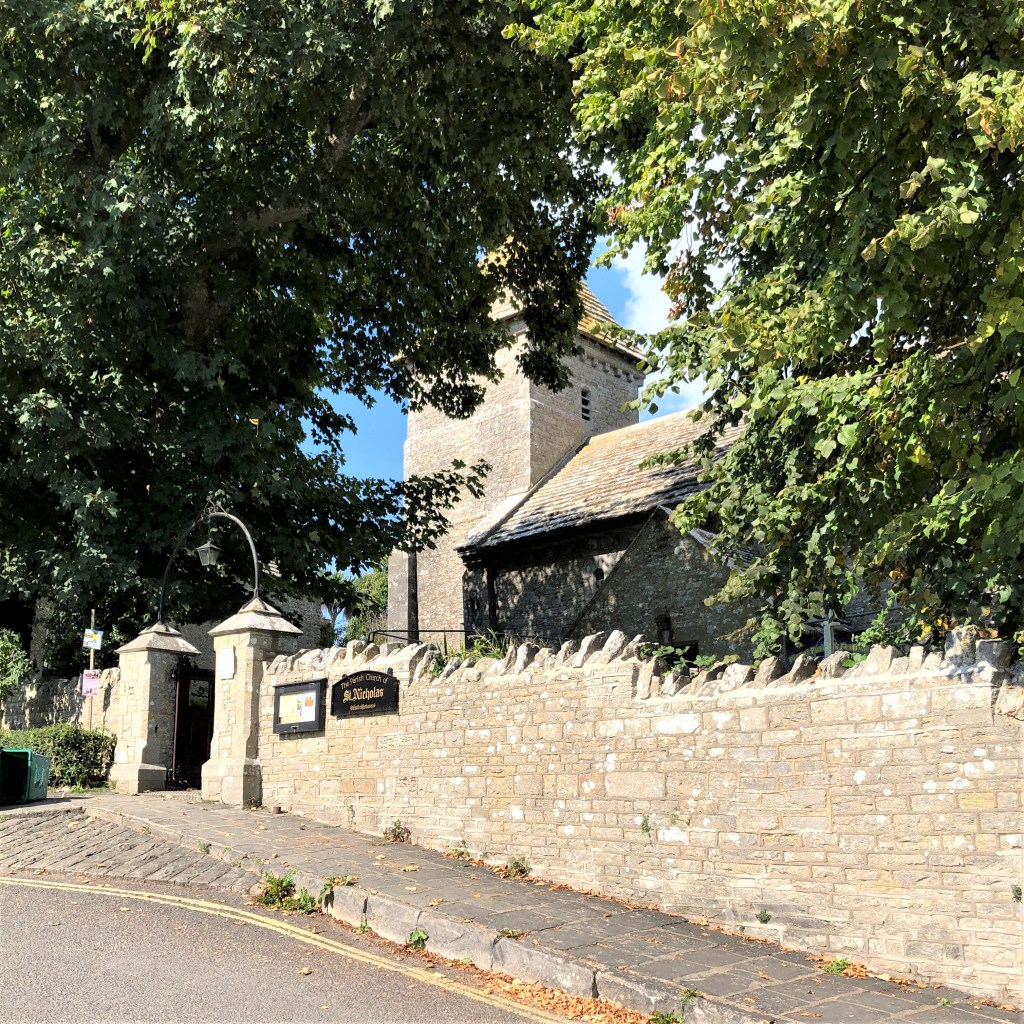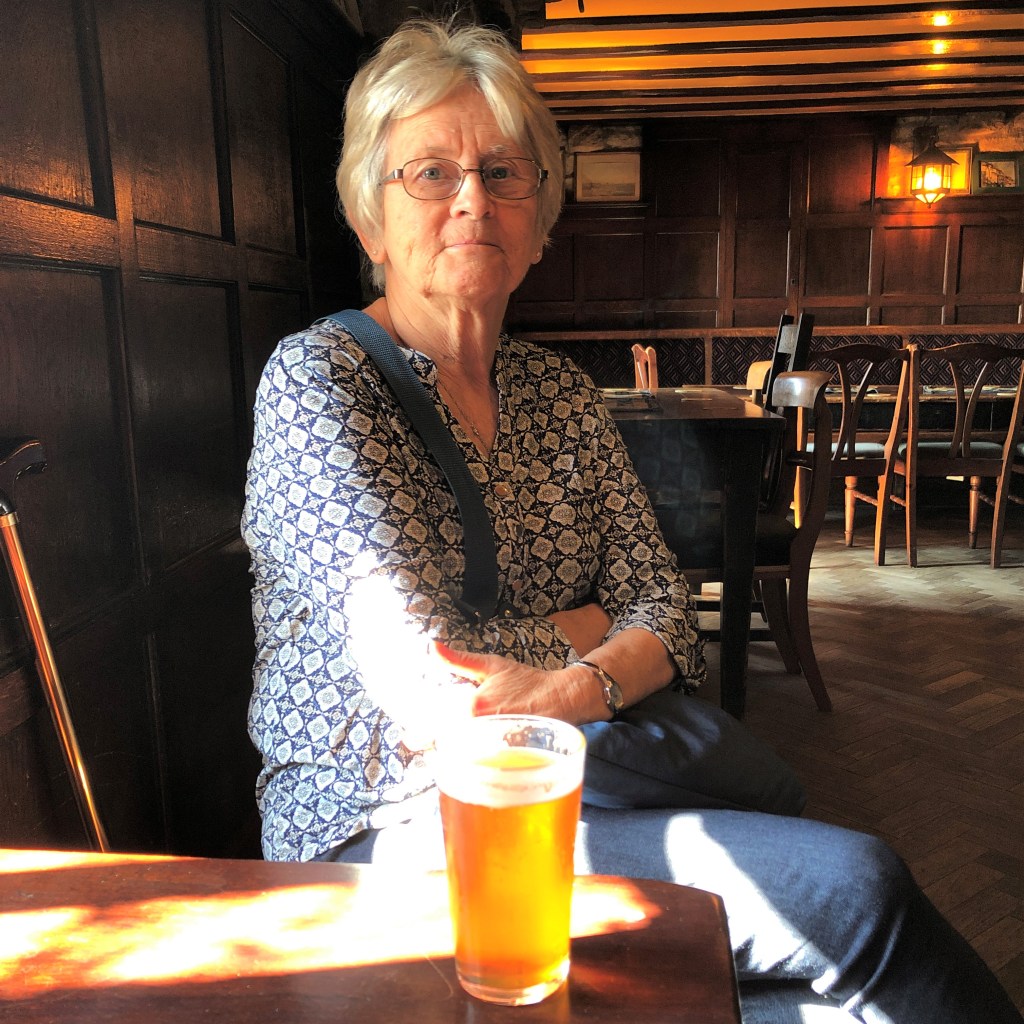
Leaving England was difficult. I was born in England in the little town of Colchester, and although I had visited my parents many times since they retired back to England in 1968, I had only lived there myself for a few months since I was a child. Living in England for the last four years was a wonderful experience for both of us. We got to visit with my family over Christmas and Easter meals, and were able to help my cousin Ros move from Kent to Oxford.
We also found ourselves gainfully employed by God with Teach Beyond in Horsham. We were blessed with pleasant colleagues who made service a joy and we enjoyed walking to work in the Market Square and taking part in the life of the delightful little town of Horsham. The park across the street from our little flat was a great gift from a gracious God that uplifted our spirits with its spacious grounds and glorious gardens.
We also enjoyed attending church at Trafalgar Rd. Baptist where we found prayerful folk of our own age who loved the Lord with a deep and gentle faith. After an absence of many years, I got to serve with my voice and guitar on the worship team, which was a wonderful privilege and blessing.
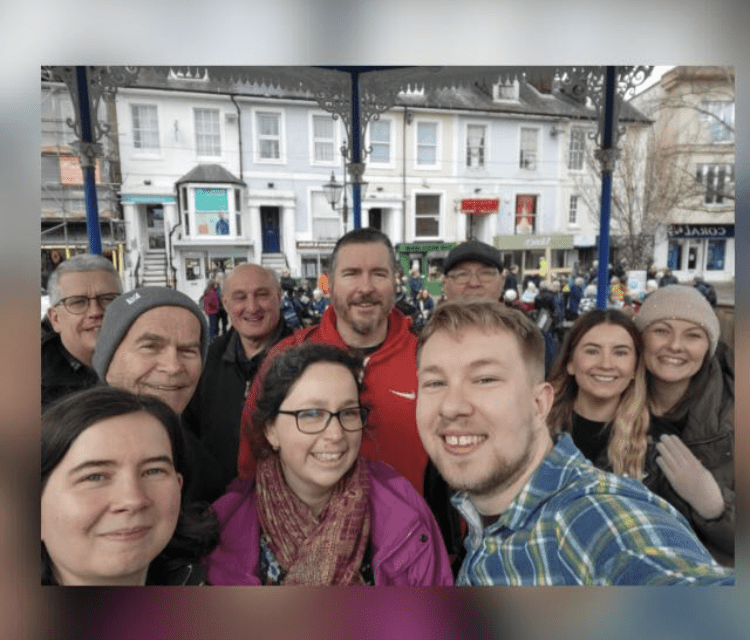
We found England to be an easy jumping off spot for Europe and the Middle East and destinations even further afield, allowing us to go to far-flung places in Central and South Asia and even get as far as Bangladesh and Vietnam. Although the crisis in Gaza brought an early end to our further travels, we managed shorter excursions to Europe of a personal nature to places we had long wanted to visit.
But coming back to Canada at some point was going to be inevitable. We are getting older and our apartment in Ontario had been vacant for several months. We were actively considering coming home for some time before Randy’s accident. That unfortunate event was just the final argument in a decision that was becoming overwhelmingly plain to both of us.
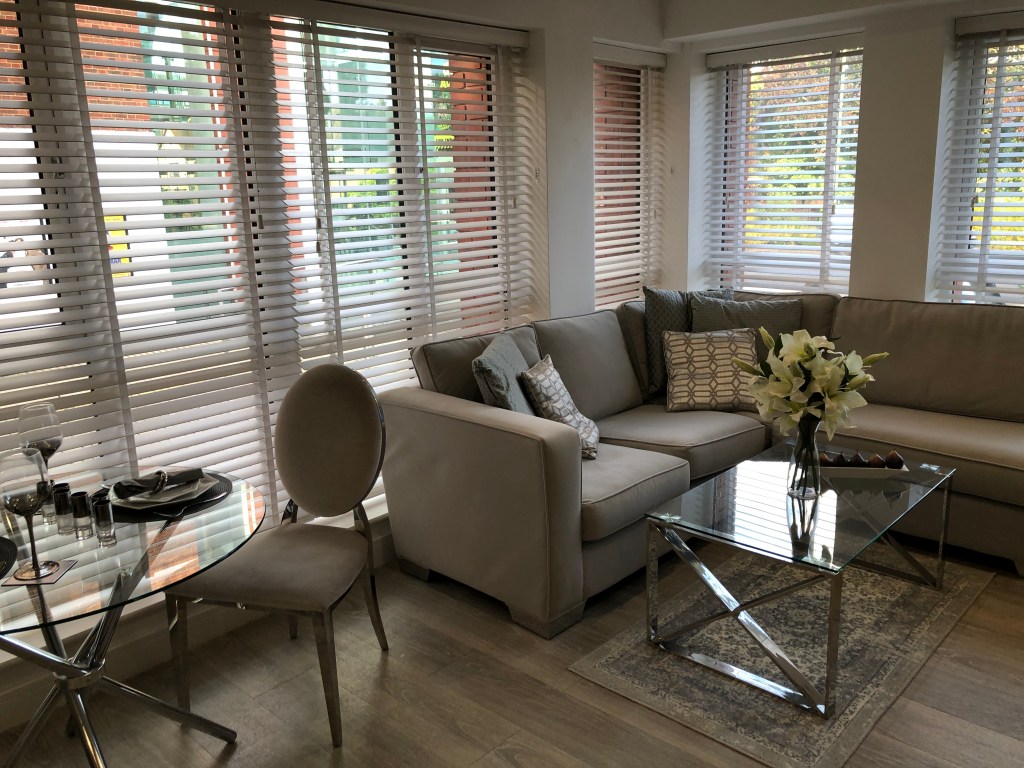
However, that doesn’t mean that leaving England was easy. I had reconnected with my natal family, and we had established several good friendships in Horsham. We thoroughly enjoyed our trips to the countryside and National Trust properties, and to the cathedrals, parks, castles and lovely gardens of this delightful land.
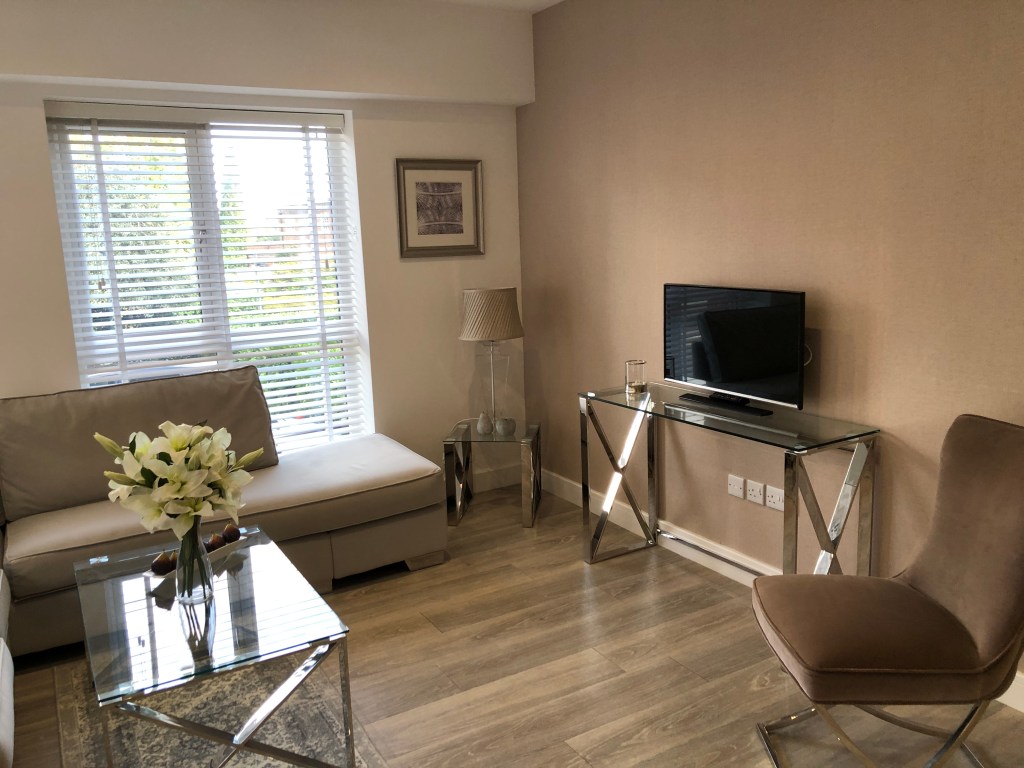
We hadn’t accumulated much during our stay. We never do. But the few things that we did have were easy enough to give away to the charity shops that we had often shopped in ourselves. We put our tiny flat back into order and packed up the few clothes and books that we owned in three suitcases. The fourth was my guitar case. I wasn’t leaving the Gretsch behind!
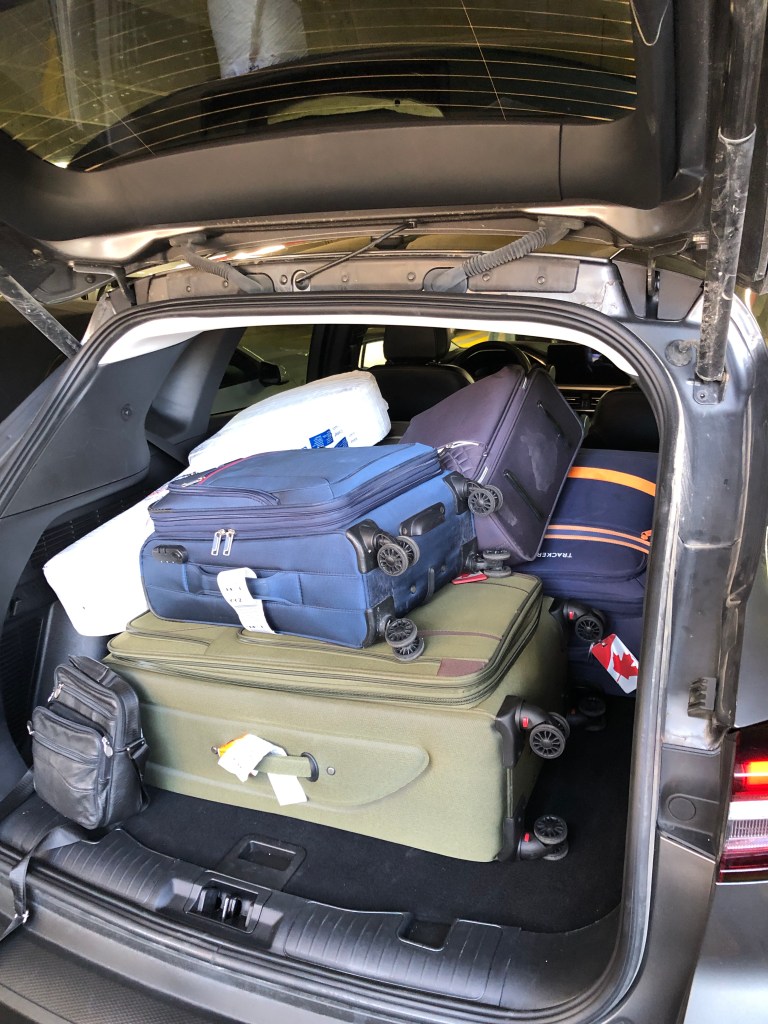
We do hope it won’t be the last time we get to see England, but it will certainly be the last time we get to live there. We leave with gratitude for the opportunity that we had to spend these last four years in such pleasant surroundings, and we look forward with some degree of anxiety regarding the road ahead for us in Canada. We are praying that the Lord will watch over us and guide us safely as we transition back to a life that we left behind so long ago.


